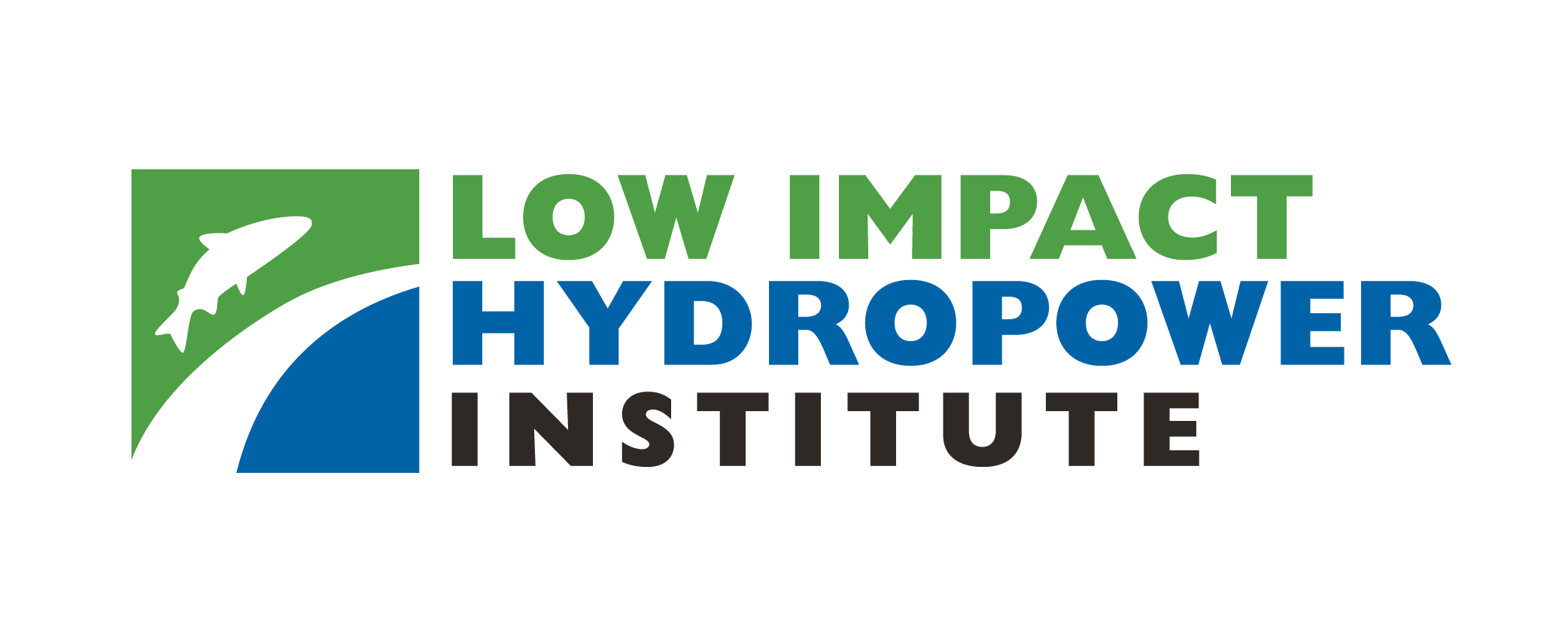LIHI 证书 #149 – 佛蒙特州波纳尔项目


| 项目名称 | 波纳尔 |
| LIHI 证书编号 |
149 |
| LIHI 证书期限 |
2018年12月7日-2033年12月6日 |
| 所有者 | 胡西克河水电 |
| 状态 | 佛蒙特 |
| 地点 | 胡西克河 (Hoosic River) 河道长 38.6 英里 |
| 装机容量 | 0.491兆瓦 |
| 平均年发电量 | 3,200 兆瓦时 |
| 设施类型 | 河流径流 |
| 联邦能源管理委员会 不。 | P-6795 豁免 1983 |
波纳尔项目位于佛蒙特州本宁顿县波纳尔镇北波纳尔,原波纳尔制革厂所在地——胡西克河畔。原厂于1983年建成并投入运营。该地点最早利用胡西克河重力能的证据是一座建于18世纪的磨坊,之后又建起了一座建于19世纪中期的毛纺厂。1863年毛纺厂被烧毁后,该地被重建为北波纳尔棉纺厂,并一直运营至1930年。1936年,该工厂以波纳尔制革公司的名称重新开放。制革厂将羊皮和牛皮加工成成品皮革,用于制作鞋履和外套等产品。由于皮革需求下降以及灾难性的设备故障,佛蒙特州最后一家商业制革厂于1988年关闭。2016年,波纳尔镇和新的项目业主胡西克河水电公司(Hoosic River Hydro)重振了该项目并接管了项目运营。在佛蒙特州自然资源署(VANR)、美国鱼类和野生动物管理局以及佛蒙特州历史保护办公室(SHPO)的支持下,该项目的产能得到了提升。修复工作于2017年完成,并于同年11月投入运营。
该场地已加入美国环保署 超级基金 计划和环保署 棕地 该项目因历史污染而设立。超级基金项目侧重于陆源污染,而棕地项目则侧重于 湿地该项目的污染。与水电开发相关的主要修复工作集中在上游受多氯联苯污染的沉积物上。 坝截至 2017 年,在佛蒙特州环境保护部 (VDEC) 和美国环境保护署的密切监督下,项目运营产生的所有受污染沉积物均已从现场妥善清除或得到缓解。
胡西克河发源于马萨诸塞州道尔顿附近,西北流至佛蒙特州波纳尔。从那里,这条河向西北流入纽约州,汇入哈德逊河的支流瓦卢姆萨克河。该项目下游有四个水电项目,上游有四个非发电水坝。从上游到下游的下游水电项目包括 Hoosic 河项目 LIHI #13 (Johnsonville 开发项目)、James Thompson 项目(FERC 编号 P-6411)以及 Hoosic River 项目的其余部分、Schaghticoke 开发项目。
该项目包括一座水坝、溢流 泄洪道, 闪光板, 波峰 门,摄入量 运河,前池, 压力水管, 发电站和尾水。
大坝主要由 弧形 重力溢流结构建于1955年。大坝长153英尺,最大高度18英尺。它采用2.5英尺的挡水板和 顶门. 在右边 邻接 大坝顶部有一条引水渠(40英尺长的混凝土溢流段),宽20英尺,相对于坝顶约18英尺深。大坝形成了一个约200英尺长的旁路河段。一条93英尺长、8英尺直径的压力水管将水从前池输送到发电站。木结构发电站包含一台WWS Wasserkraft水轮机和一对Hitzinger感应发电机,装机容量为0.5兆瓦。
该项目以瞬时方式运行 径流 模式,并蓄水77英亩的水库。该项目按照美国鱼类及野生动物管理局(USFWS)和弗吉尼亚州环境保护部(VDEC)的建议,在绕行河段提供最低56立方英尺/秒的流量。
PLUS-标准型: 相对于项目规模而言,水流控制已取得显著改善。闸板被自动顶闸取代,以及 可编程逻辑控制器 确保旁路流量得到控制,蓄水位保持稳定。该项目的规模通常不值得如此大规模的投资,但该项目是自愿采取的。
项目流域内的水域被划定为B类水域,并被列为受多氯联苯(PCB)和重金属污染影响的水域。这些影响是由于上文提到的波纳尔制革公司(Pownal Tannery Company)过去的工业活动以及上游工业设施造成的。
PLUS-标准型: 项目业主自愿从前池和蓄水池中挖掘并处置了约1,159立方码的受污染沉积物。否则,这些有毒沉积物可能会被发电水流夹带并输送到下游。此次修复工作对水生生物和环境产生了显著的益处。 河岸 蓄水区、绕行河段和下游河段的物种及其栖息地。
下游水坝目前对上游航道构成障碍,因此项目区域内没有洄游物种。过去的工业活动也减少了该地区的留鱼数量。一些物种可能占据了蓄水池,并可以自由地越过水坝进入下游绕行河段。项目业主还自愿安装了间距为1.25英寸的拦污栅,结合较低的进水流速,降低了潜在的 夹带。USFWS 和 VDEC 均支持这些缓解措施。
项目周边土地主要为农田、住宅区或林地,项目采用径流式运营模式,最大程度地减少了海岸线侵蚀。改进的流量控制措施进一步降低了海岸线退化的可能性。项目区域内不存在具有重要生态价值的土地。
项目附近可能存在的受威胁或濒危物种包括北长耳蝠。项目河段内未发现关键栖息地,因此该项目对蝙蝠种群没有影响。
项目范围内不存在任何文化或历史资源。包括更换挡水板、压力水管和其他设施在内的修复工作未发现对历史遗产造成影响。佛蒙特州历史保护部门曾多次得出结论,该项目不会对符合或列入历史遗产保护名录的任何历史遗址产生不利影响。 国家历史遗迹名录.
长期以来,该河流的水质不佳,削弱了其休闲娱乐用途的潜力。虽然目前主要可以通过非正式渠道进入蓄水池,但项目附近的鱼类不建议供人类食用。 多氯联苯 氯苯那敏可以通过皮肤吸收,因此不建议在河里或河上进行任何娱乐活动。即使是处理鱼类也可能构成健康风险。
合规状态
当前证书中没有针对设施的特定条件。
2025: 未发现任何重大变化或合规问题。根据年度审查,该项目仍然合规。
2024: 未发现任何重大变化或合规问题。根据年度审查,该项目仍然合规。
2023: 未发现任何重大变化或合规问题。根据年度审查,该项目仍然合规。
2022: 未发现任何重大变化或合规问题。根据年度审查,该项目仍然合规。
2021: 未报告任何变更或合规问题。根据年度审查,该项目仍然合规。
2020: 未报告任何变更或合规问题。根据年度审查,该项目仍然合规。
2019: 未报告任何变更或合规问题。根据年度审查,该项目仍然合规。
2018: 当前证书的年度报告尚未生效。
认证历史
2022 年 1 月 1 日: LIHI 证书期限已根据 2022 年 1 月 1 日发布的 LIHI 第 2 版认证手册 2.05 版延长。有关新期限,请参阅上面的设施表。
2019年3月18日: 对波纳尔水电项目进行认证的决定为最终决定。申诉期于2019年3月15日结束,期间未收到任何申诉。该项目的认证期限为2018年12月7日至2028年12月6日。
2019年2月12日: 低影响水电研究所 (LIHI) 已初步批准波纳尔水电项目获得低影响认证。该决定尚待 30 天的申诉期过后才能做出。只有在 60 天的评论期内对初始申请发表意见的人员才有资格提出申诉。此类申诉需要说明该项目为何不符合 LIHI 标准。申诉请求可以通过电子邮件发送至 comments@lowimpacthydro.org 请在邮件主题中注明“波纳尔水电项目”,或邮寄至低影响水电研究所,地址:329 Massachusetts Ave, Suite 2, Lexington, MA 02420。所有申请都将发布在网站上。申请人将有机会回复,回复也将发布。 请求必须在 2019 年 3 月 14 日美国东部时间下午 5 点之前收到。 完整的申请和审核报告如下。如果没有收到申诉请求且决定成为最终决定,则该项目(待批 LIHI #149)的认证期限为 2018 年 12 月 7 日至 2028 年 12 月 6 日。
2018年12月10日: 低影响水电研究所 (LIHI) 已收到一份完整的波纳尔水电项目低影响认证申请(FERC 编号 6795,豁免)。该项目位于佛蒙特州本宁顿县波纳尔镇的胡西克河畔。LIHI 正在就此申请征询公众意见。具体而言,我们想知道您是否认为该项目符合 LIHI 低影响认证标准(第二版手册中修订版)。请查看 LIHI 修订版中的项目和标准。 手册 然后查看以下项目的申请材料。与特定 LIHI 标准(流量、水质、 鱼道等)将非常有帮助,但所有评论都会被考虑。评论可以通过电子邮件提交给研究所 comments@lowimpacthydro.org 请在主题行中注明“Pownal 项目评论”,或邮寄至低影响水电研究所,地址:329 Massachusetts Avenue, Suite 2, Lexington, MA 02420。 评论必须在 2019 年 2 月 8 日美国东部时间下午 5 点之前收到 予以考虑。所有评论都将发布到网站上,申请人将有机会作出回应。任何回应也将发布。
